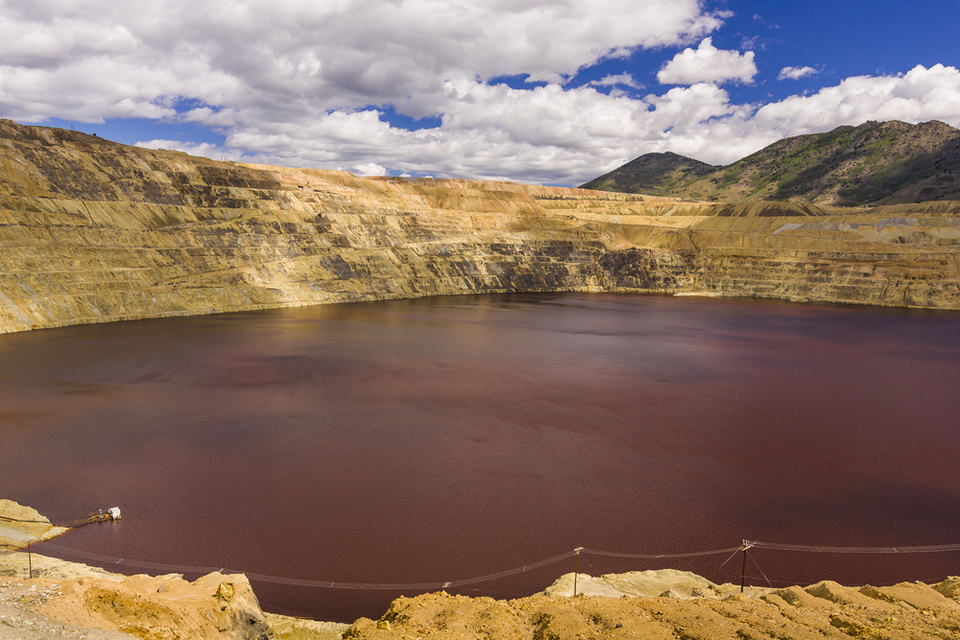United States Superfund sites are designated by the EPA under the CERCLA act of 1980. They are locations where hazardous material pollution warrants a long-term response to prevent environmental disaster. There are 1,322 active sites on the National Priorities List right now, and chances are there’s one near you.
One-hundred and ten miles from where I sit, the 1,800 ft deep Berkely Pit teems with acidic groundwater. Chemicals and metals like copper, iron, arsenic, cadmium, zinc, and sulfuric acid can be found in its depths. The lake itself rises 0.7 ft per month and threatens to eventually reach the water table of the Butte Valley, contaminating the water source of nearly 30,000 inhabitants.
The #EPA recognizes 1,322 #superfundsites where #pollution threatens #ecologyClick To TweetA water treatment plant was built in 2003 to purify pit water and ensure that the surrounding water table is never reached.
As a testament, you may have even heard about Montana’s 24-hour program to keep migrating geese off of the toxic lake.

The Silver, Copper, and Iron Lining
From the pit, scientists (including organic chemists) have sampled the bacteria and fungi and found them to have some surprising qualities.
From this harsh environment, extremophiles have evolved. Some microbes within the pit are able to absorb acidic compounds and dissolved heavy metals.
Based on what we know thus far, here are 2 potential ways Industry 4.0 could leverage how these extremophiles work:
1. Cancer Applications
Scientists have begun isolating the compounds that these organisms produce to aid in cancer research. Their properties show selective activity against cancer cell lining and could be used to help combat the many forms of the disease.
2. Fungi Clean-up
Most interesting is the yeast found by scientist Andrea Stierle, which may have actually been introduced to the pit by those migrating geese we mentioned above.
How does it work? The yeast absorbs metals like iron and copper –the main ores extracted from the pit– from its surrounding watery environment.
Why does it matter? This property suggests a dual potential for bioremediation and ore recovery. That is, the microbes from the water could have evolved sufficiently to help clean the acidic pit.
These suggested applications will require further scientific investigation, study and testing.
But, since Industry 4.0 and the Internet of Things are all about leveraging existing infrastructures with new technologies to solve inefficiencies, repurposing microbes from a contaminated mine to fight cancer and remove toxic compounds from water is a very similar proposition.
This story has been covered by a number of publications over the years, but research into pit microbes is ongoing.
Edgy Labs will surely keep you posted.



















Comments (0)
Most Recent